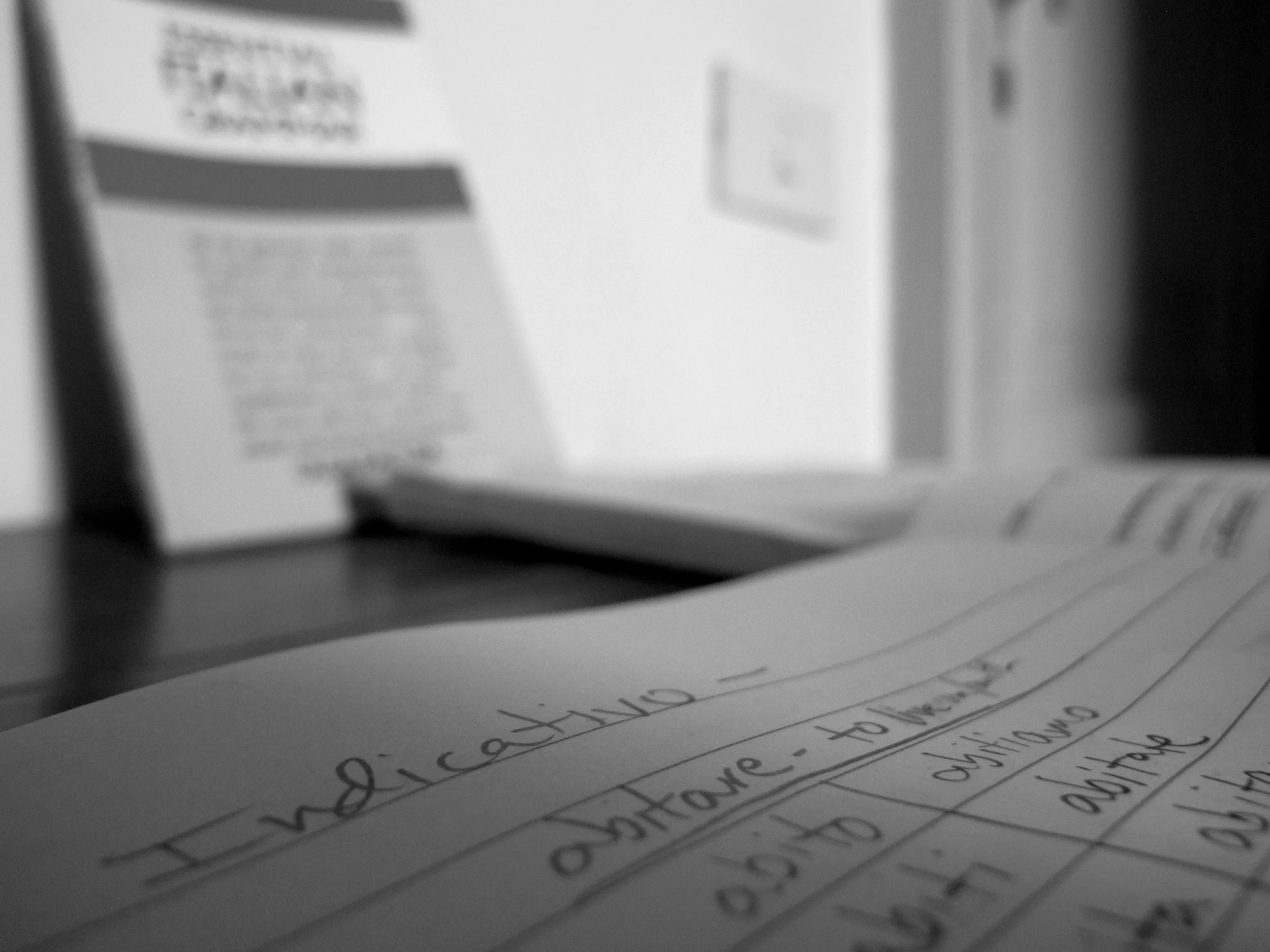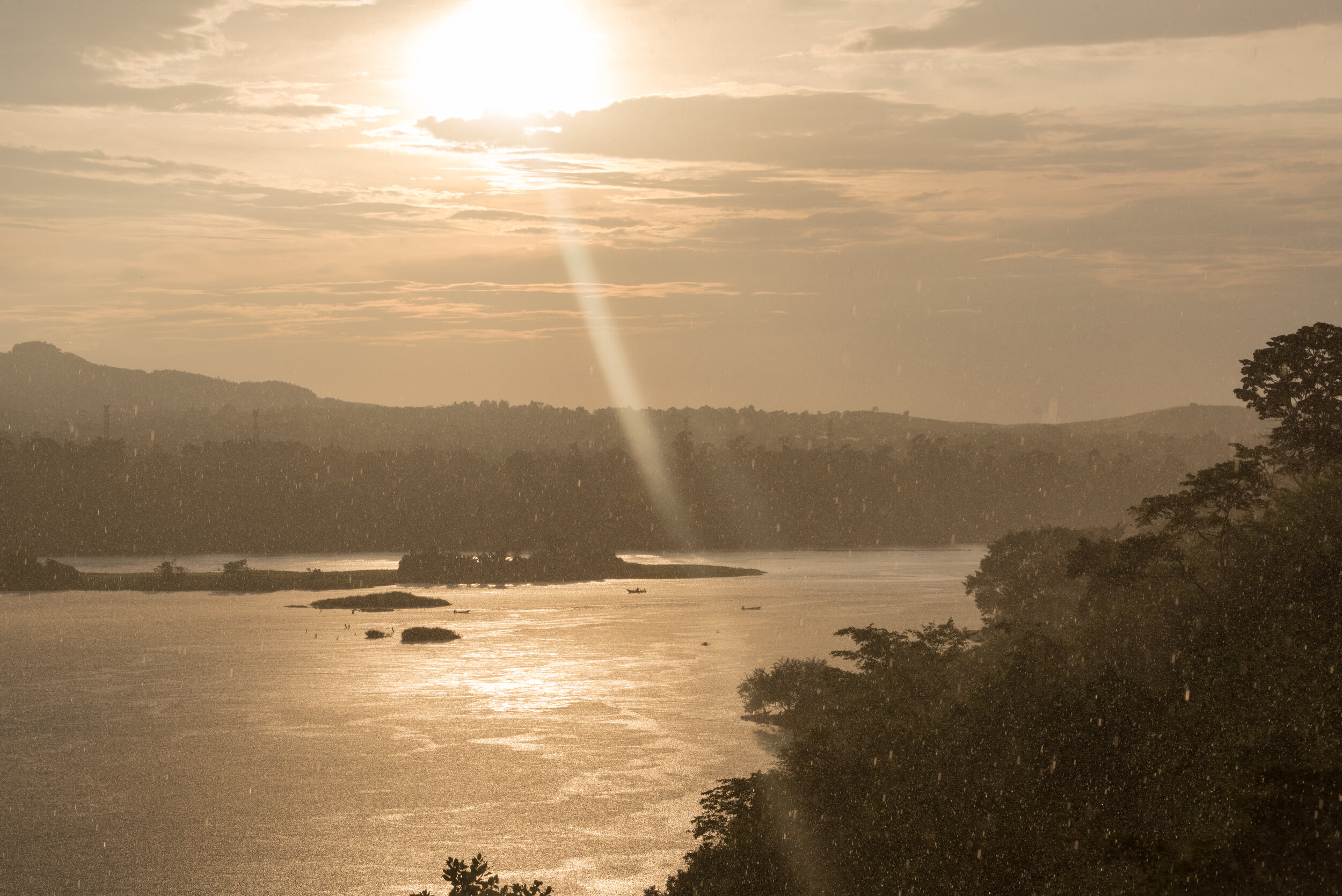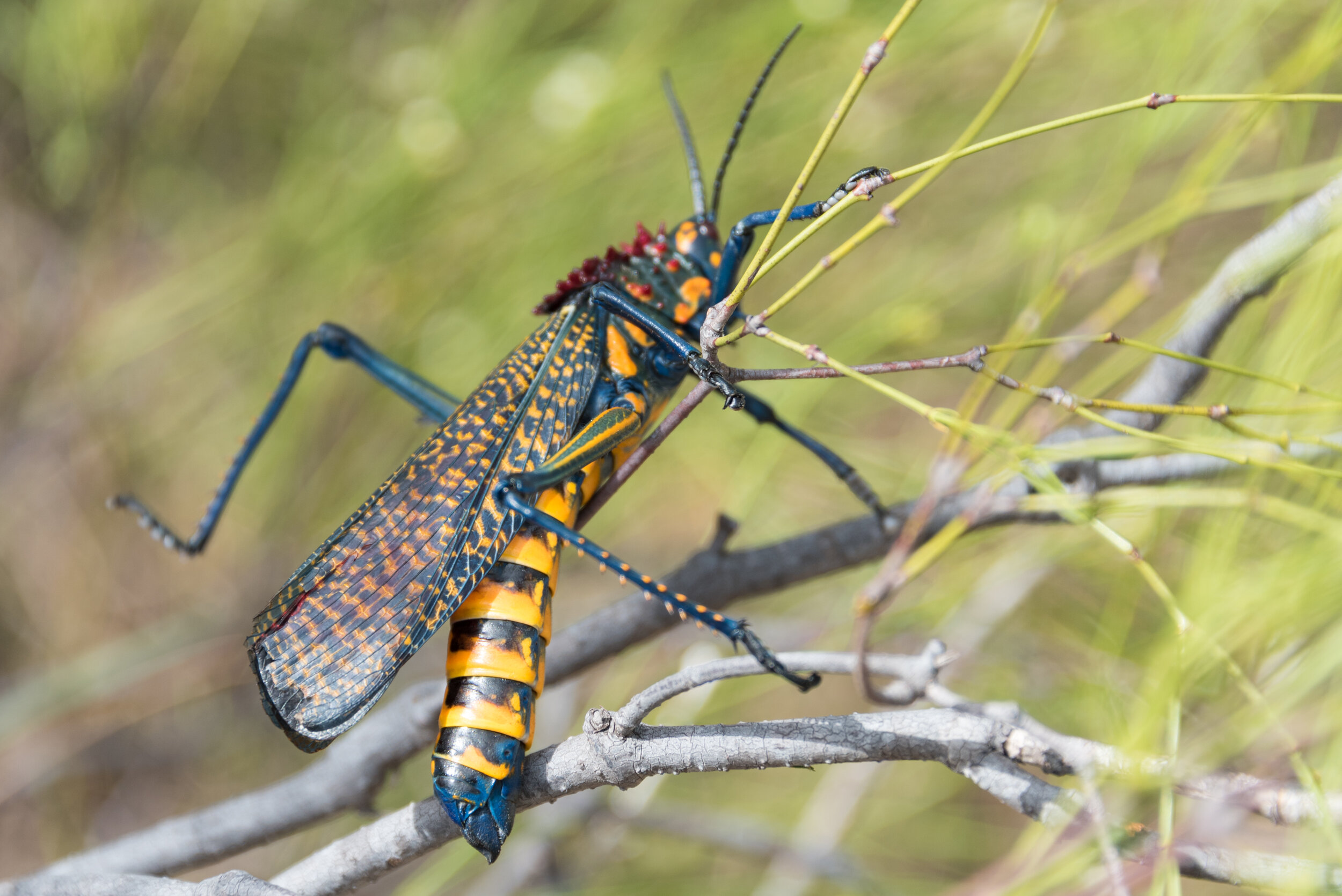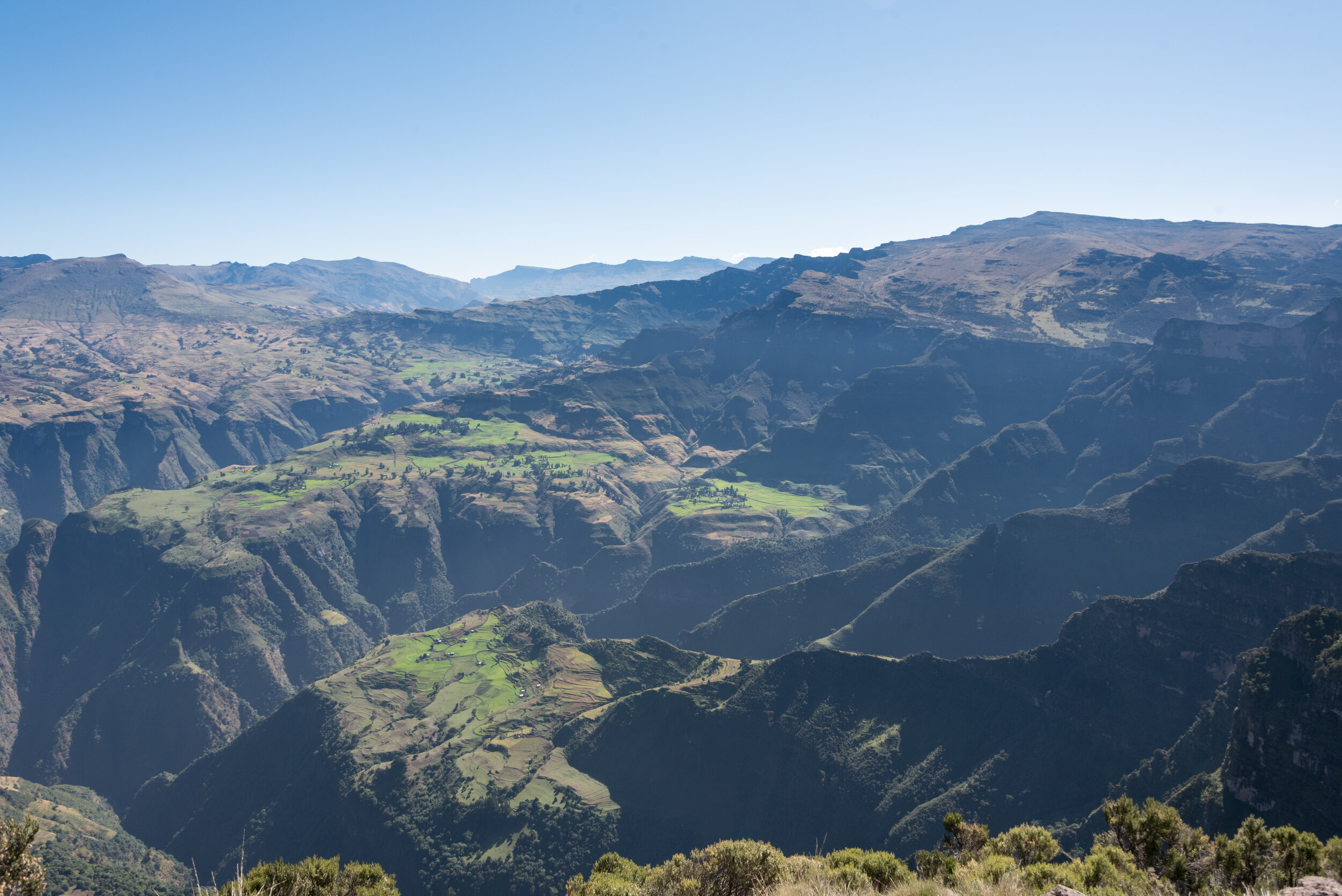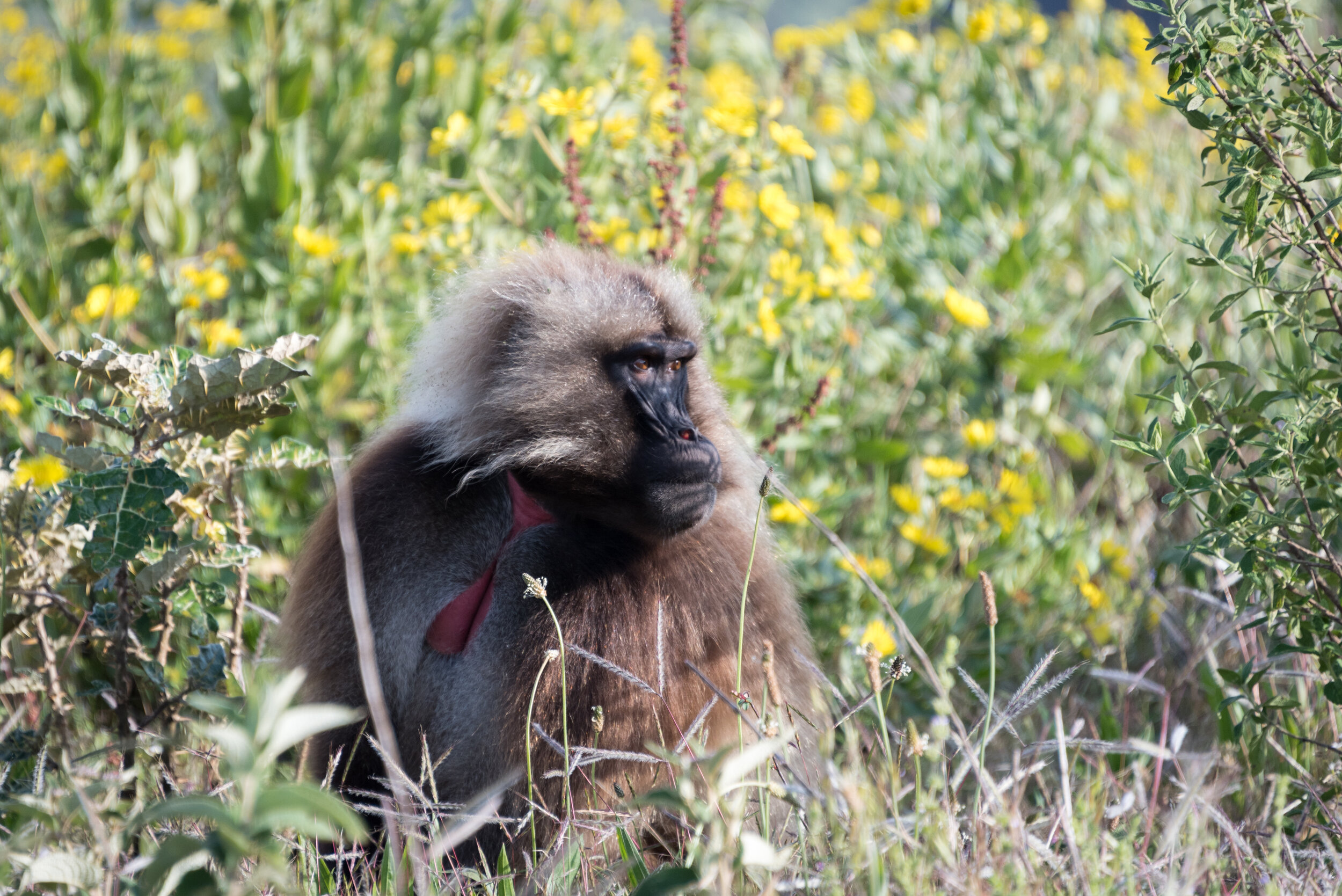There’s something about border crossings that brings joy to my world. The cha-chink of a stamp being applied to an empty page on a passport is perhaps the most beautiful of sounds to my ears, all at once a feeling of excitement to be in a new place, relief of not being detained, and gratitude for being allowed into someone else’s home. Whether moving in or out of a country, the same feelings persist.
Cha-chink…I made it in (or out) alive!
The border crossing between Uganda and Rwanda is quite stark, as the red dirt road gives way almost immediately to pavement, lines, and sidewalks as soon as the crossing into Rwanda is complete. Of course, there was a bit of confusion on where exactly to go upon being stamped out of Uganda, but no man’s lands are fun, too. Arriving in Rwanda was a bit anti-climactic, as we waited a good 2 hours for a bus that potentially would take us to the capital city of Kigali. Nobody seemed to be able to tell us what was coming and where it was going, nor did they really care to help. They did enjoy stopping and staring, though, so that was fun.
Once a bus finally showed, we were on our way into a city that looked like no other in East Africa. Kigali has been undergoing a renaissance of reconstruction since the genocide occurred 25 years ago. Cafes and restaurants line streets, bright colors of Kitenge fabrics are donned by most all women, sidewalks(!) are everywhere, road work signs exist (and road maintenance is actually happening), art galleries abound, green spaces for exercise and leisure and international restaurants can be found all over…it’s altogether as western as East Africa gets. Thankfully, in between the French and Japanese restaurants, you can still find rolexes and matoke fries.
A middle class seems to be burgeoning in Rwanda, but this is all so very new…
In 1994, a series of events set off the genocide of nearly a million people in the span of just a few months. The horrors of the events are quite difficult to fathom. Militias walked the streets with machetes to lay waste to entire families by means of blunt force, to the tune of 800,000 dead. Entire villages killed off, families and friends murdering each other in cold blood. Women and children were not spared, but instead raped before being killed. Those looking for relief inside church walls were turned on by their own priests, as the buildings were firebombed. It was a complete, brutal annihilation of a society as the world watched and did nothing, while back home we were watching The Fresh Prince of Bel-Air and Family Matters.
There’s a beautifully made, horrific genocide museum in Kigali that captures how all of this came to be. At this point, I’ve grown sick and tired of visiting these museums. I recall visiting Dachau, the Nazi concentration camp outside Munich, and seeing the “Never Again” sign out front, thinking to myself how recent these heinous acts occurred. Then I visited Phnom Penh, and the Killing Fields in Cambodia, disturbed that something like that could happen only a generation ago. Again, “Never Again” was the theme. I now find myself in Rwanda, where perhaps the most jarring of genocides I’ve learned about happened within my lifetime, and probably within yours as well.
The question is always asked…How?
It’s really not all that complicated of a story, and perhaps you may notice some similarities to what is occurring in society today. Upon colonization by the Belgians, the people of Rwanda were classified into two, previously non-existent, ethnic groups: The Hutu and Tutsi. The Belgians decided that the two different groups exhibited different physical characteristics and mental capabilities, and therefore enacted policies regarding the two different groups as such, favoring one for political leadership. Two groups, previously thought of as more or less the same, now distinctly different, according to a some faux-scientific research. Rwandans were given identity cards that classified their identity as a Hutu or Tutsi, cementing the divide. Tensions rose and rose over the years, identity politics, in the most literal sense, took over. All societal ills began to be blamed on the Tutsi (the smaller portion of the population, around 15%), and the solution became to simply eliminate them all. After the president’s plane was shot down, an all-out assault began on the entire Tutsi population, in the most brutal of ways imaginable. Checkpoints were set up all around the country. If your ID card showed Tutsi, you died. If you were considered to be a “moderate” Hutu, meaning you did not participate in killing every Tutsi in sight, you died. By machete. On the spot. Your kids died. Your wife died, after she was raped, that is. People that lived and ate together, had their kids grow up together, were murdered on the spot, because they were the problem, apparently. Please read the Wikipedia page on the Rwandan genocide for the full extent of what occurred.
The genocide museum contains a wall of the names of those killed during the genocide and buried in the area. I’d read statistics of ~250,000 people buried within the confines of the museum grounds, so I expected to see a never-ending wall of names listed. Instead, there are maybe half a dozen columns of names on the wall, the rest is empty. I was confused at first, until reading that the names listed are the only ones where records exist, through tales of family members who somehow survived. All of the bones and bodies collected and placed in giant graves are anonymous, because everyone was simply wiped out. Whole families, whole villages, nameless. This wasn’t a declared war. This wasn’t what some may write off as tribal conflicts deep in the heart of Africa. This was a modern, albeit impoverished, society. 25 years ago. Full-on extermination of everyone in sight. It’s altogether horrifying and incomprehensible.
As an American, I can’t help but think of just how unaware our society is to the dangers of demonizing groups of people. We speak nonchalantly about how horrible a given subset of people are, how the country would be in a much better place without them or their ideas: The “Illegals,” the Trump Voters, the “Libs,” the GOP, the Poor on welfare, the Rich. We seem to be ignorant of the dangers of such lazy classifications, of what people can be convinced of doing to one another. We speak so outrageously on social media without truly knowing what can happen when ideas become words become actions become violence become tragedy become history. Then we look back, confused, and ask…How? Our country is no stranger to systemic persecution of groups of people, though conveniently the extent of the topic typically doesn’t make its way into our classrooms. Perhaps because it’s never reached, in recent history, the level of becoming a genocide, or because it doesn’t fit the narrative of the USA as a beacon of hope for the world to strive towards. We continue to act and behave and speak as though there are no repercussions to our sentiments, blind to the potential results. In reality, these words, these sentiments, are dangerous, from all sides and angles.
So please, the next time you feel the need to vocally demonize a specific group of people for a singular, perceived reason, choose instead to look into flights to Rwanda, perhaps you’ll better understand the dangers involved.
